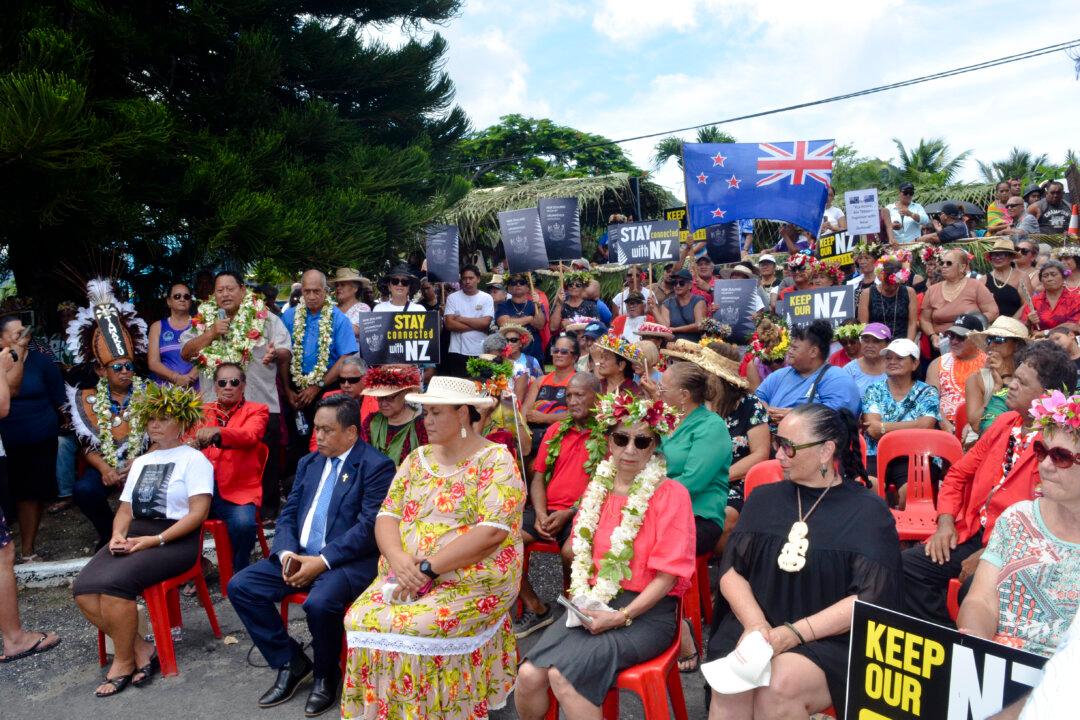News Analysis
An attempt by China to avoid having to send its shipping through the narrow waters of the Strait of Malacca by building a canal through Thailand has been halted for now, as the Thai government—because of internal protests—has put the project on hold.





